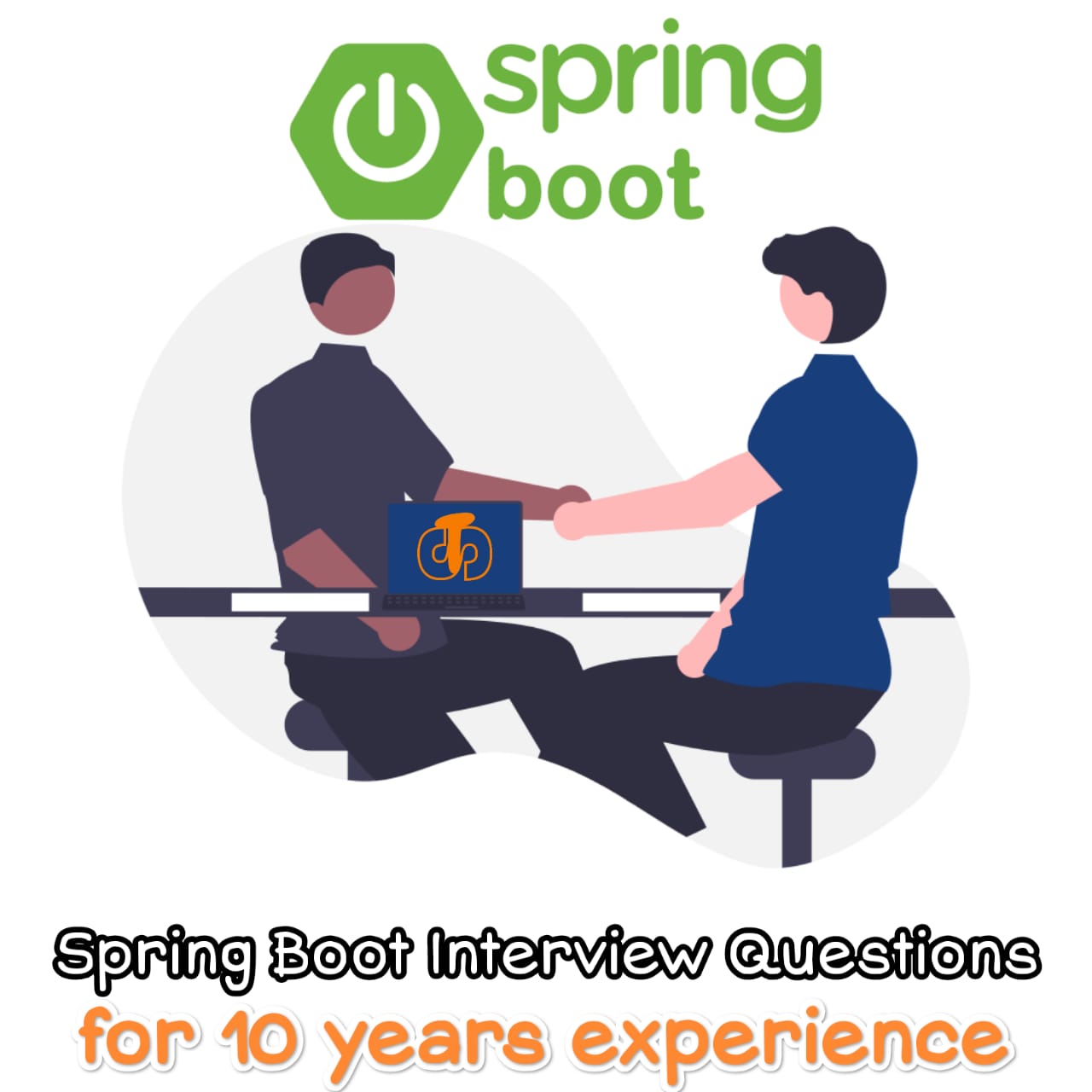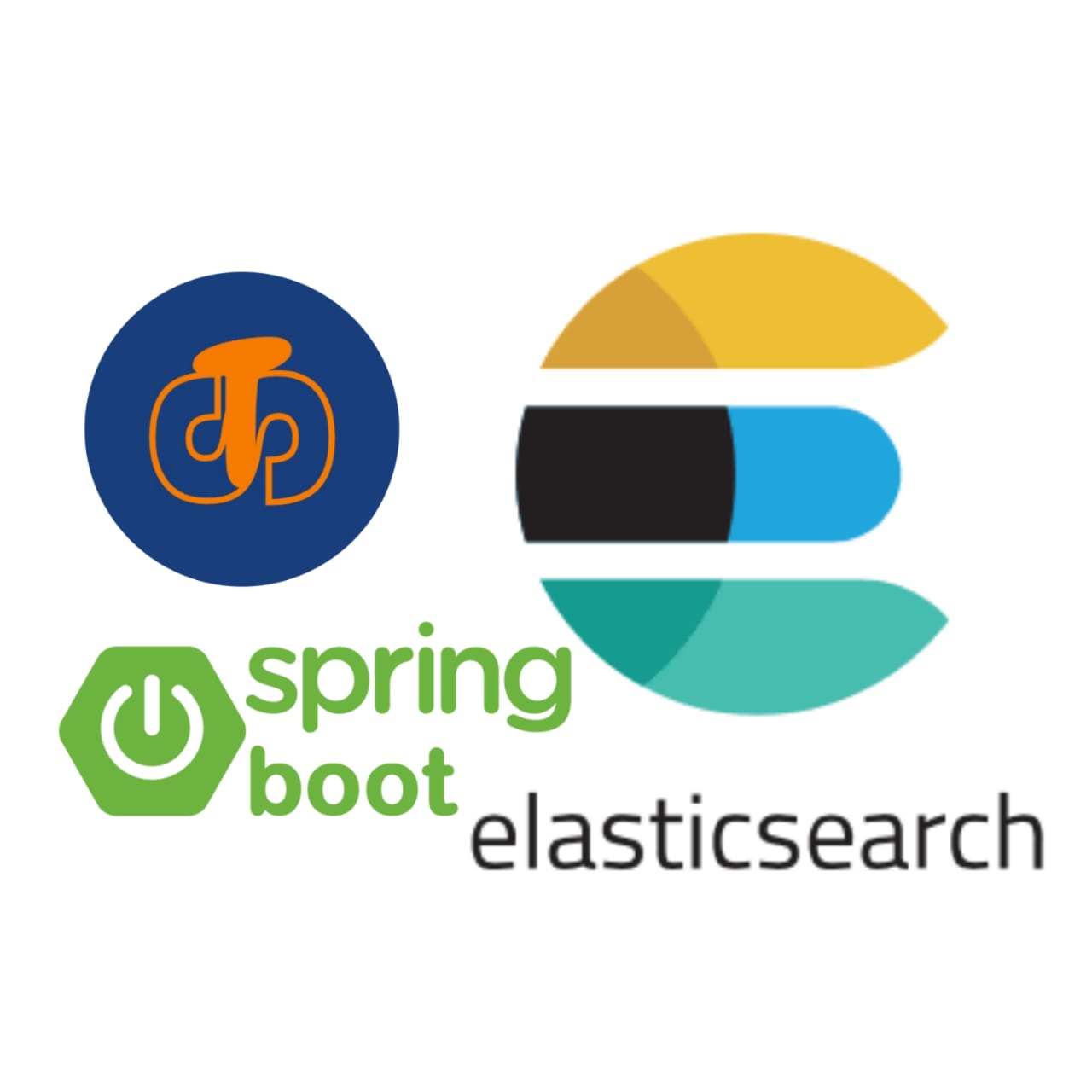Real-world GPT Applications - MGM
Welcome to Day 7 of our GPT course! Today, we will explore the fascinating real-world applications of GPT models across various industries. These language models have proven to be versatile and valuable in a wide range of domains, making them a driving force behind groundbreaking AI applications.
Discover Fascinating Real-world Applications of GPT Models in Various Industries
GPT models have opened up new frontiers in artificial intelligence, transforming industries and revolutionizing the way we approach complex problems. Let's dive into some of the most exciting real-world applications of GPT models:
1. Natural Language Processing (NLP) Applications
- Text Generation: GPT models are widely used to generate creative and contextually relevant text for creative writing, content generation, and storytelling.
- Question-Answering: GPT-based question-answering systems provide users with accurate and informative responses to their queries.
- Chatbots and Virtual Assistants: GPT-powered chatbots and virtual assistants offer interactive and human-like conversational experiences, enhancing customer support and user engagement.
2. Language Translation
GPT models have demonstrated impressive performance in language translation tasks, enabling accurate and efficient translation between different languages. They have the potential to break down language barriers and facilitate cross-cultural communication.
3. Medical Applications
GPT models are being explored for medical applications such as clinical documentation, medical report generation, and drug discovery. They can assist healthcare professionals in diagnosing and treating patients by providing relevant information and insights.
4. Content Summarization
GPT models can summarize lengthy articles, documents, or news stories into concise and informative summaries. This application is valuable for information retrieval and knowledge extraction from large volumes of text.
5. Personalization and Recommender Systems
By understanding user preferences and behaviors, GPT models can power personalized recommender systems, suggesting relevant products, articles, or content to users based on their interests.
Learn How to Deploy GPT Models as REST APIs Using Flask
Once we have trained or fine-tuned a GPT model for a specific application, the next step is to deploy it as a REST API for easy integration into web or mobile applications. We can achieve this using Flask, a lightweight web framework in Python.
Here's a high-level overview of deploying a GPT model with Flask:
# Import necessary libraries
from flask import Flask, request, jsonify
import torch
from transformers import GPT2Tokenizer, GPT2LMHeadModel
# Initialize Flask app
app = Flask(__name__)
# Load the pre-trained GPT-2 model and tokenizer
model_name = "gpt2"
tokenizer = GPT2Tokenizer.from_pretrained(model_name)
model = GPT2LMHeadModel.from_pretrained(model_name)
# Define API endpoint for text generation
@app.route('/generate_text', methods=['POST'])
def generate_text():
input_text = request.json['input_text']
input_ids = tokenizer.encode(input_text, return_tensors="pt")
# Generate text with the model
with torch.no_grad():
output = model.generate(input_ids, max_length=100, num_return_sequences=1)
generated_text = tokenizer.decode(output[0], skip_special_tokens=True)
return jsonify({'generated_text': generated_text})
# Run the Flask app
if __name__ == '__main__':
app.run(host='0.0.0.0', port=5000)
By running this Flask app, you can now use the API endpoint "/generate_text" to generate text using your GPT model.
Master Best Practices for Scaling and Managing GPT Model Deployments
Scaling GPT model deployments can be a challenging task, especially for large models with high computational requirements. Here are some best practices to consider:
- Use GPU Acceleration: Utilize GPUs or TPUs to accelerate model inference and reduce response times.
- Load Balancing: Distribute incoming requests across multiple instances of the deployed model to handle high traffic efficiently.
- Caching: Cache frequently requested responses to reduce redundant computations and speed up subsequent requests.
- Monitoring and Logging: Implement robust monitoring and logging mechanisms to track usage, identify issues, and optimize performance.
- Containerization: Deploy the model in a container (e.g., Docker) for easy portability and management.
Successfully deploying and managing GPT models in real-world applications requires a combination of domain knowledge, technical expertise, and a keen understanding of the specific use case.
As you continue your journey with GPT models, keep exploring the vast possibilities they offer across industries and learn from real-world applications to build innovative AI solutions that push the boundaries of what's possible.








Comments
Post a Comment